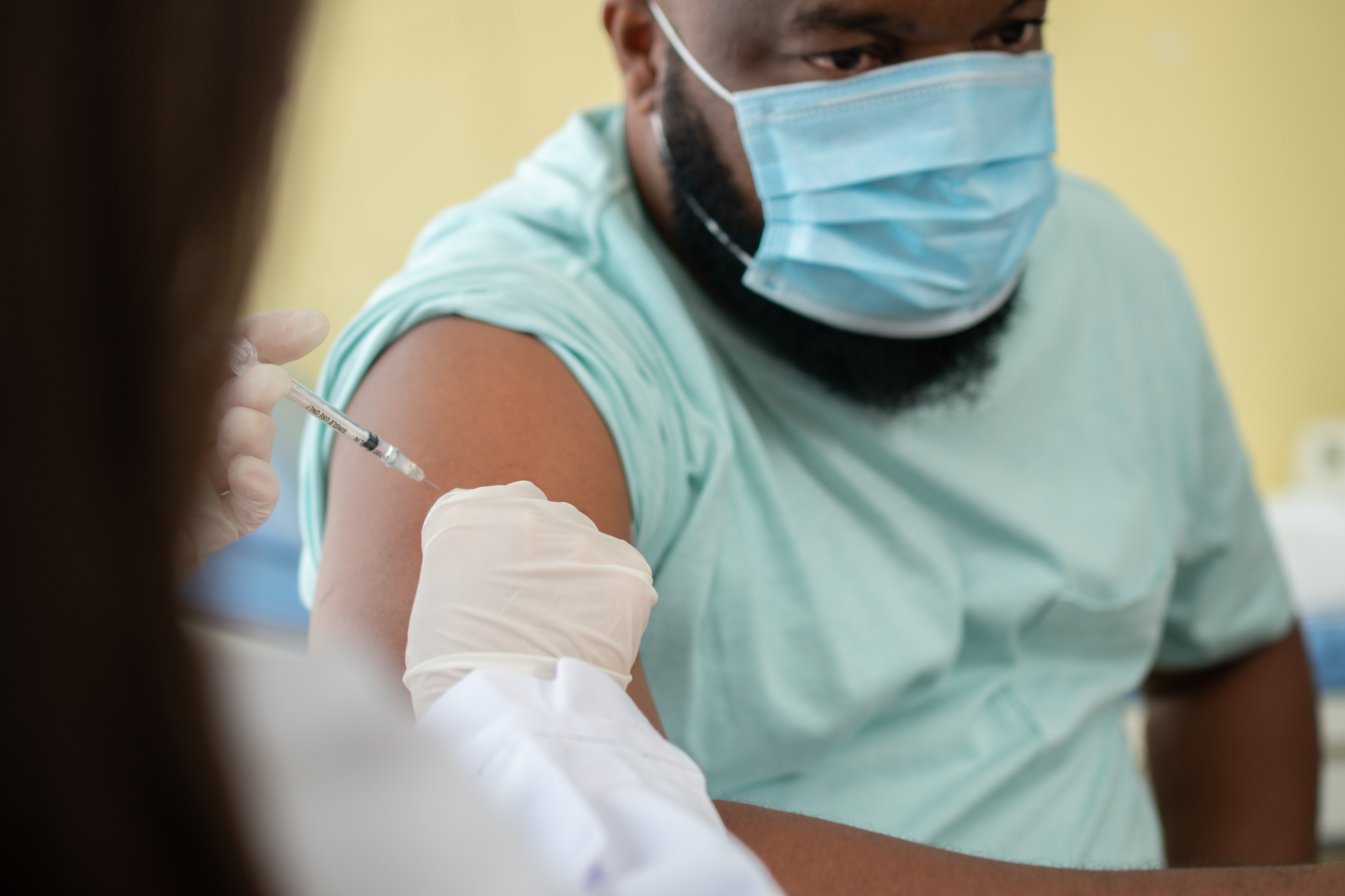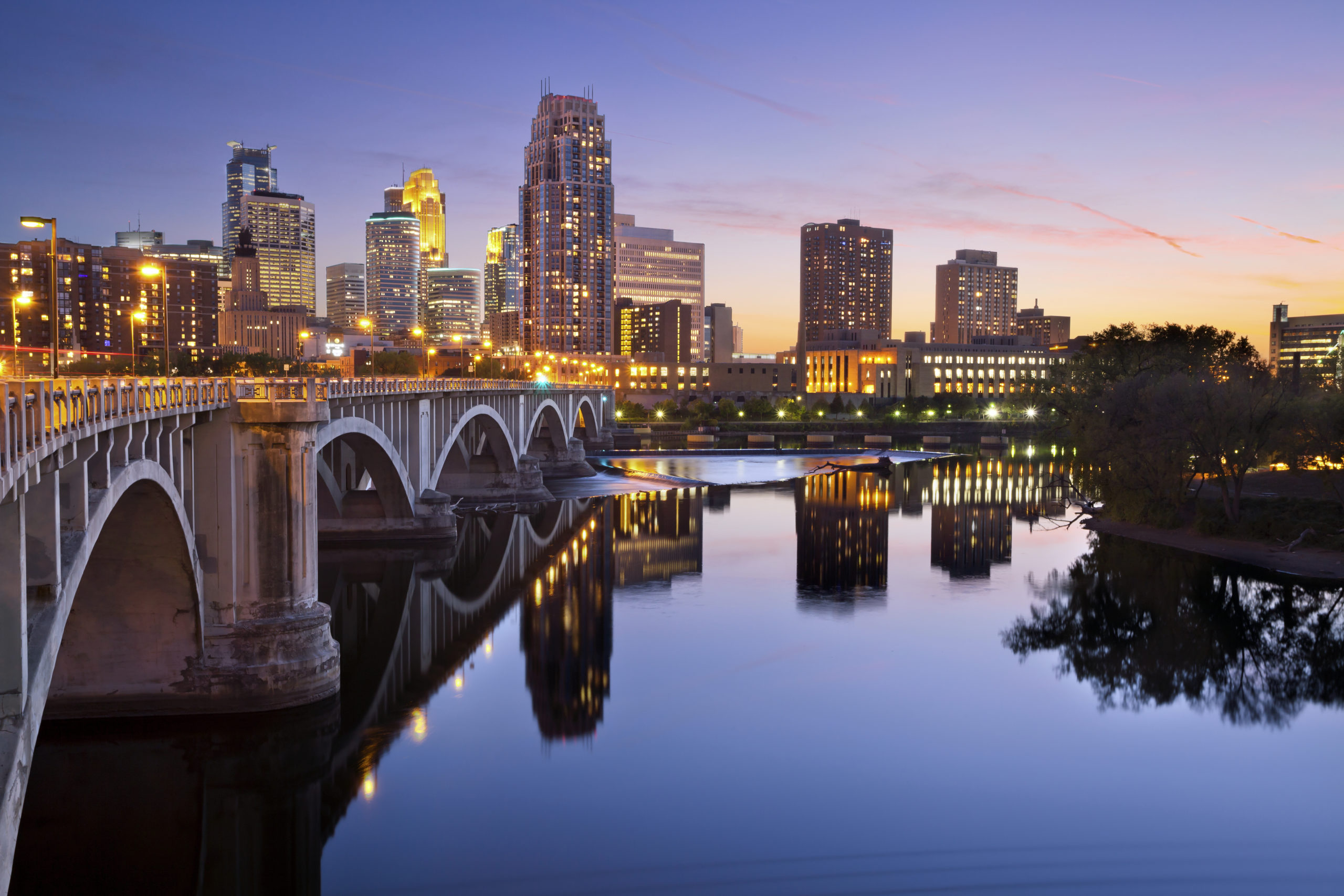The Silent Shortage: How Immigration Can Help Address the Large and Growing Psychiatrist Shortage in the United States
Date: October 23, 2017
Nearly a third of all psychiatrist positions in 2015 were filled by doctors who graduated from a foreign medical school, according to this NAE study using data from the American Medical Association. Roughly 60 percent of all counties lack a single psychiatrist.
The study suggests that immigrant psychiatrists represent an under-tapped resource, and can provide critical care in underserved areas. Each year, more than 40% of Americans who experience some form of mental illness—an estimated 60M individuals—will go untreated. This is largely due to the understaffing of the specialty: the report states there are roughly 11.5 psychiatrists for every 100,000 people in the country.
The report, The Silent Shortage: How Immigration Can Help Address the Large and Growing Psychiatrist Shortage in the United States, shows:
- There is a growing demand for mental health treatment in the United States. The number of psychiatrist job postings increased by more than 97 percent between 2010 and 2014.
- Many areas of the United States have little to no access to psychiatrists to meet this demand. More than 60 percent of all counties in the United States—including 80 percent of all rural counties—do not have a single psychiatrist. Many others lack a sufficient number of psychiatrists to treat residents with mental illness. In rural counties just 590 psychiatrists serve more than 27 million Americans. Among different states the difference in supply can be striking: While there are more than 612 psychiatrists per 100,000 residents in New York, rural Idaho has less than one psychiatrist for every 100,000 people.
- To maintain our current levels of inadequate mental health care, the United States will need more than 2,100 psychiatrists by 2020 simply to replace physicians slated for retirement. One in four U.S. psychiatrists is already over the age of 65. If that group retires in the next five years, as is expected, more than 2,100 new doctors will be needed by 2020 to maintain current levels of care. Less urban areas are expected to suffer disproportionately from this aging of America’s psychiatrist workforce.
- The growth in number of psychiatrists is too slow to meet current demand or fill future shortages. The number of psychiatrists in the United States has increased by only 12 percent since 1995—a rate that is far outpaced by underlying U.S. population growth. And currently, only about 4 percent of new medical residents go into psychiatry. Given these trends, to reach the minimal guidelines for adequate care—something the United States is not doing now—almost 4,900 new practitioners would be needed by 2020.
- Immigration will be essential to meeting the psychiatrist shortage. In 2015, nearly a third of all psychiatrist positions were filled by doctors who graduated from a foreign medical school. In some states like Wisconsin, Florida, Delaware, and New Jersey, close to half of all psychiatrists are foreign-educated. At least in the short term, their role in the mental health care should increase if we are to meet treatment needs.
- The shortage of psychiatrists is tied to an estimated more than 4.2M cumulative lost or less productive workdays each month, a major cost to U.S. employers. Studies have estimated that as the ratio of psychiatrists to people decreases, people prone of feeling mentally unwell are likely to suffer two more hours per month of poor mental health. If we assume that these individuals are less productive or largely unable to work during times of mental distress, this would result in more than 4.2 million lost or unproductive work days each month in the country as a whole due to our growing psychiatrist shortage.
Read the full report here.






